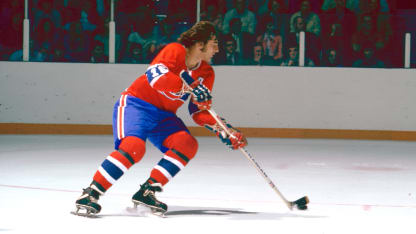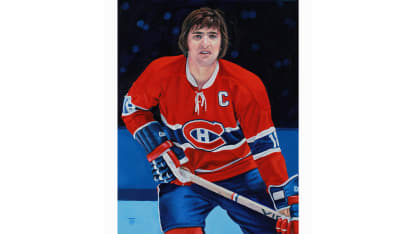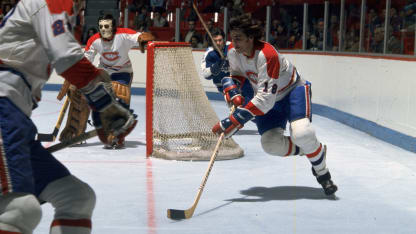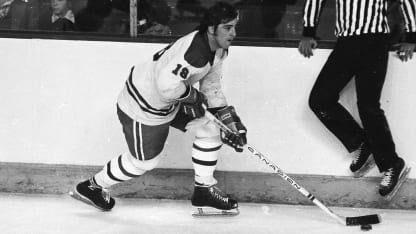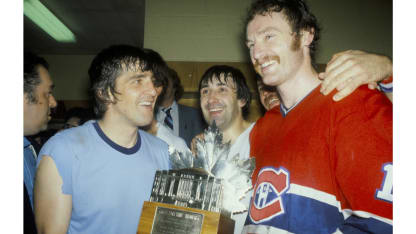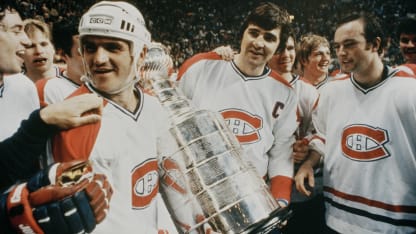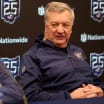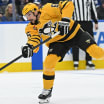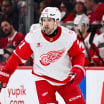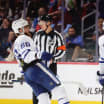His marvelous skating and uncanny sense of anticipation allowed him to regularly hold the puck at the offensive blue line, then spin away from an oncoming winger at the last instant, showing him nothing but the No. 18 on his back, and creating a scoring chance. Eloquent Canadiens broadcaster Danny Gallivan called it the "Savardian Spin-o-rama," and that term became part of the hockey lexicon.
Then the injuries began. In March 1970, his left leg shattered when he crashed into a goal post, requiring three surgeries in a week and the insertion of pins. Without him, the Canadiens missed the playoffs for the first time in 22 years.
In 1971, he needed a bone graft when the pins became dislodged and he rebroke the leg. A year later, he cut his right leg kicking out glass to save guests in a St. Louis hotel fire. Then he injured his ankle at a practice with Canada in September of '72.
Sports Illustrated called him hockey's unluckiest player.
Savard never lost faith in his career, but he did lose some speed -- he went from smooth to lumbering. He retained his great mobility, however, and opposing forwards advanced with slim hopes of getting past him. "Bobby Clarke has told me a few times, 'He was the best defenseman I ever played against,'" Bowman said.
"Not enough people gave Serge the credit he deserved," Clarke said on "Legends of Hockey." "He could just do everything on the ice -- and more. He could control the pace of the game. If the game was 3-1 for the Canadiens, it might end 3-1 but you'd never get the darn scoring chance to get it to 3-2 against them because he could control it so well."
Savard, a 1986 Hall of Fame inductee, fully embraced hockey's main ethic: Individual honors mattered little compared to what his team could accomplish. "The most fun in the game is winning and nobody can achieve that on their own," he said. "If you play for a team and you break all the records and the team doesn't win, it's no fun."
Few in hockey ever had more fun than Serge Savard.
For more, see all 100 Greatest Players
